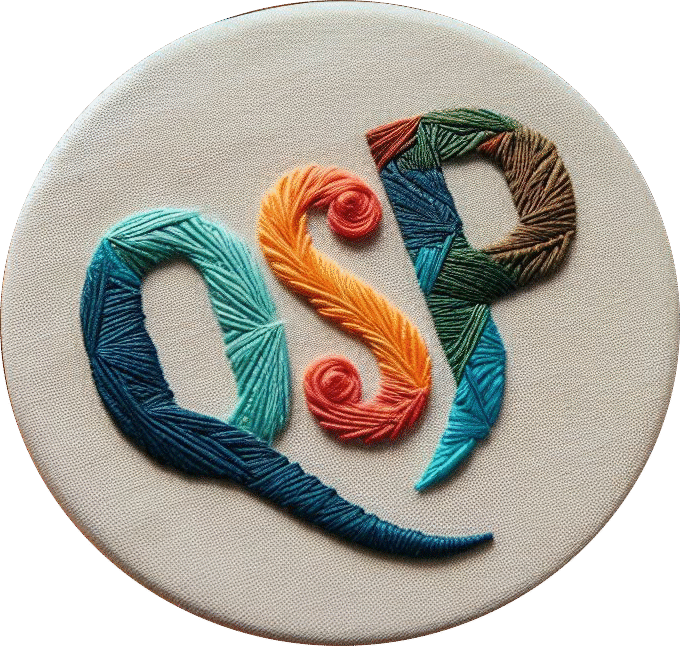Nylon
In today’s world, where innovation and sustainability lead the textile industry, nylon continues to stand out. This synthetic fabric, also known as a synthetic fiber, has been synonymous with durability, elasticity, and versatility for decades. But do you really know its history, characteristics, and the sustainable alternatives now gaining ground?
What is Nylon?
Nylon, or polyamide (PA), is a synthetic fiber derived from petroleum. The most common types are nylon 6 and nylon 6.6. Both are known for being extremely elastic and a resistant fabric, making them perfect for garments like underwear, swimwear, and activewear.
As a synthetic fabric, nylon was initially developed to replace silk. Thanks to its thermoplastic structure, it can be melted and molded, making it highly adaptable for various uses.
What Makes Nylon Unique?
Here’s why nylon is considered such a resistant fabric and a favorite in fashion and performance wear:
- 🔹 Smooth texture and soft touch
- 🔹 High elasticity and recovery
- 🔹 Resistant to mold, mildew, and stains
- 🔹 Fast-drying with moisture-wicking properties
- 🔹 Durable even when wet
- 🔹 Wrinkle resistant and easy to care for
A Brief History
Nylon was developed in 1935 by Wallace Carothers at DuPont. It became the first commercially successful synthetic fiber in history. Its first application? Toothbrush bristles. Shortly after, it made its way into women’s stockings and, during World War II, proved its strength as a resistant fabric used in military parachutes and ropes.
Nylon and Sustainability: A Complex Relationship
Despite its advantages, nylon poses environmental challenges. Like most synthetic fibers, it is non-biodegradable and its production emits greenhouse gases.
But there’s hope: today we’re seeing more sustainable alternatives such as chemically recycled nylon, made using closed-loop processes. These materials offer similar performance with a significantly lower environmental footprint.


Deja una respuesta